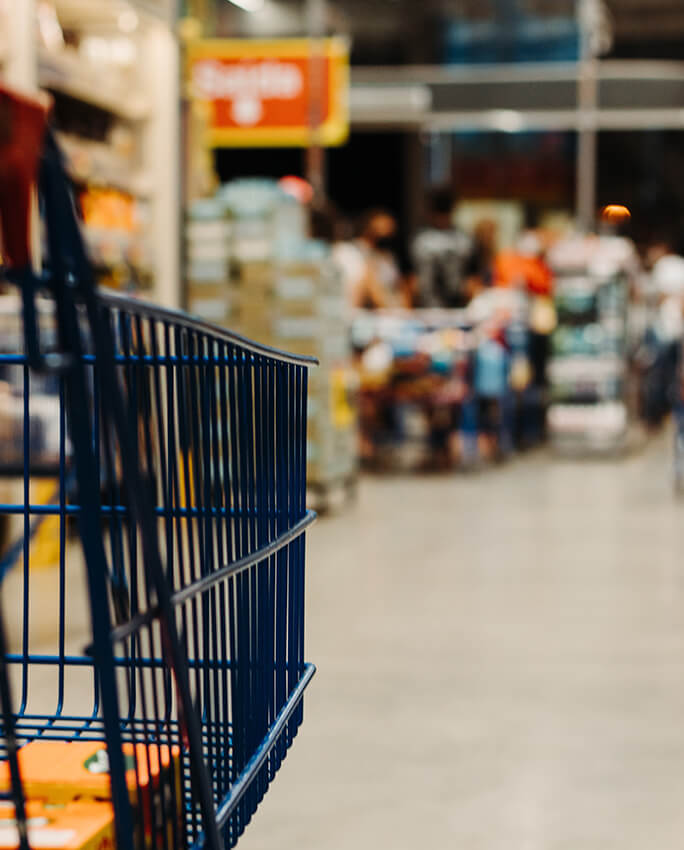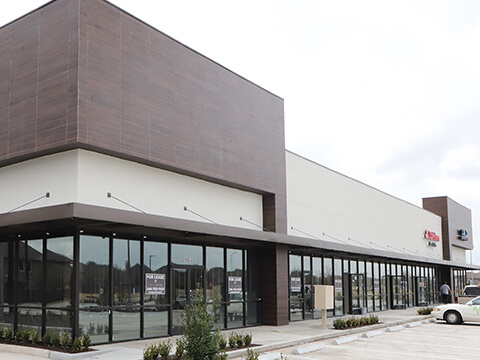 The Covid-19 pandemic has had unprecedented effects on businesses. With many retail companies globally having to close shops for months on end, there has been a need for evolution in these uncertain times to stay afloat. Since schools and workplaces closed, rendering many families to stay at home, retail companies have had to develop unique ways to reach their customers.
The Covid-19 pandemic has had unprecedented effects on businesses. With many retail companies globally having to close shops for months on end, there has been a need for evolution in these uncertain times to stay afloat. Since schools and workplaces closed, rendering many families to stay at home, retail companies have had to develop unique ways to reach their customers.
While this change may have led some companies to close their brick-and-motor structures, most have evolved not only to stay afloat but also to profit. This shift has allowed real estate owners to expand to meet unique needs in delivery services, warehousing, and home offices.
Delivery services
Covid-19 necessitated the need to stay at home, leading many families to opt for door-step-delivery. With online shopping becoming more and more attractive, most companies have had to innovate and improve on their delivery services. This trend has seen an increase in commercial real estate demand, primarily in warehousing and logistics. Companies are opting to increase their inventory to ensure that there are more readily available products in store. Uncertainties in shipping merchandise was another issue related to the pandemic. This has pushed companies to import more products once restrictions were lifted to avoid shortages in the future.
Companies such as Amazon, Uber and Target have adapted their operations and even grown during this time. With their online ordering capabilities, curb-side or fast delivery times, they are beating their competition and growing this year. Retailers who want to survive or potentially grow, need to focus on their online ordering and delivery service capabilities.
If you are looking to invest in real estate, warehousing space is an attractive area to acquire or expand to this year. The demand for online shopping for groceries and other goods is not only significantly higher this year, but also projected to have a permanent rise as more people adapt to this method of distribution.
Convenience stores
With many people avoiding crowded spaces while observing Covid-19 guidelines, convenience stores have become the go-to option for fast shopping. Fuel, snacks, and easily accessible groceries have been bought more in these stores in the past months. Real estate investors have a real shot at success by investing in more of such stores as people spend more per visit than in the previous years. Similarly, retailers in malls and supermarkets are also projected to open branches in smaller, suburban stores to reach customers who may no longer visit their shops previously located in common spaces.
Take Out Services
Many restaurants have also had to renovate. Covid-19 restrictions required that restaurants significantly reduce their seating capacity to allow for social distancing during meals. This move implied fewer sales and eventually resulted in losses for establishments depending only on sit-down customers. With this in mind, many restaurants have had to incorporate take-out services in their menus to cater to clients. Drive through demand has also become more prevalent. Popular food chains retailers have continued to see good demand from consumers. To capture more of the market share, companies should be focused on enhancing or expanding their drive-through capabilities .
Commercial real estate investors have had to expand their premises to include larger parking spaces to make it more attractive for retail companies. Similarly, the need to develop safe entry and exit points that allowed for temperature checks, saw an increase in business investments that cater to clients who are on the move.






